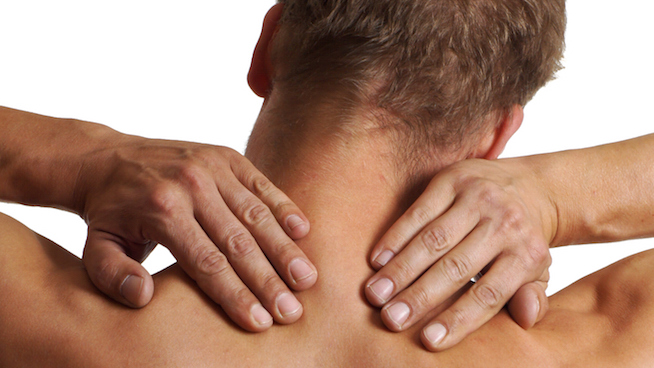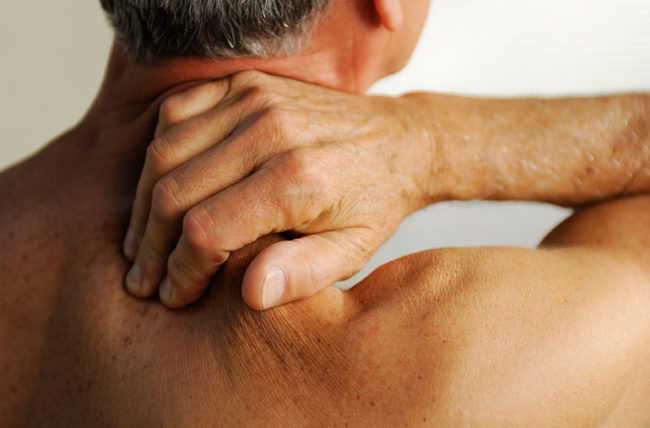What are muscle knots?
Muscles knots are hard, sensitive areas of muscles that tighten and contract even when the muscle is at rest. These tense muscle fibers can cause pain in other parts of the body when touched. They’re also known as trigger points.
Muscle knots can be caused by:
- a sedentary lifestyle
- overusing or injuring your muscles
- poor posture
Dehydration, unhealthy eating habits, and stress and anxiety may also contribute to muscle knots.
Muscle knots can occur anywhere in the body, but they’re usually found in your back, shoulders, and neck. They often show up in your gluteal muscles, too.
Muscles knots can cause aching sensations and pain in your muscles and joints. When you touch a muscle knot, it may feel swollen, tense, or bumpy. It could also feel tight and contracted, even when you’re trying to relax, and they’re often sensitive to the touch. The affected area may even become inflamed or swollen.
Muscle knots can cause symptoms in areas outside of the muscles, including:
- headaches
- toothaches
- earaches
You may also experience stress, anxiety, and depression, and have difficulty sleeping.

Treatment
Treating muscle knots can take time. To get rid of the knots, you’ll need to break up the knotted tissue and calm inflamed nerves. Following are some things you can do to help break up the knots and find relief.
Rest
Allow your body to rest if you have muscle knots. Take a break from any activities that are causing the knots, or that increase your pain or discomfort. Dedicate as much time as possible to relaxation. This may include sleeping longer than usual or lying in a comfortable position using pillows to support your body.
Stretch
Gentle stretching that elongates your muscles can help you to release tension in your body. Be gentle with yourself while stretching. Don’t force yourself into any positions or do anything that causes pain.
For best results, hold stretches for at least 30 seconds, and release the stretch slowly to reduce your risk for injury
Exercise
Aerobic exercise may help to relieve muscle knots. If the knots are in your shoulders or neck, do jumping jacks, swimming, and any other arm movements that work the muscles in your shoulders and neck. This stretches the muscles and increases their blood supply. Increased blood supply helps filters out toxins.
Hot and cold therapy
Using a combination of heat and cold can help to relieve pain and inflammation due to muscle knots.
Cold helps to constrict the blood vessel, which reduces swelling. To apply cold, use a cold compress for 10 minutes, and then remove it for at least 15 minutes. You can repeat this until you begin to find relief.
Heat relaxes and loosens stiff muscles, and relieves pain. Heat may increase blood flow, which promotes healing. To apply heat, use a heating pad or take a warm bath.
Alternate between cold and heat treatment, or use the one that works best for you. Hot and cold therapy should be used in conjunction with other therapies.
Use a muscle rub
Muscle rubs help to soften and relax muscle knots. You can massage a muscle rub onto the affected area twice a day for cooling relief. You may need someone to help you apply to it difficult-to-reach areas.
Find a formula that contains menthol, capsaicin, or camphor. Before using a rub for the first time, do a patch test. To do a patch test, apply a small amount of the ointment onto the inside of your forearm. Wait 24 hours to make sure there’s no reaction. If there’s no reaction, you should be fine applying it to other parts of your body.
Shop for muscle rubs.
Source: https://www.healthline.com/
